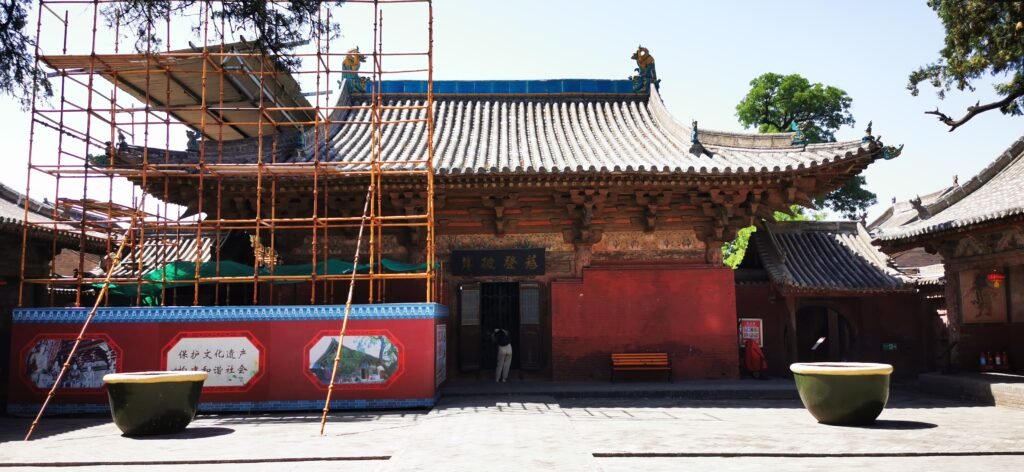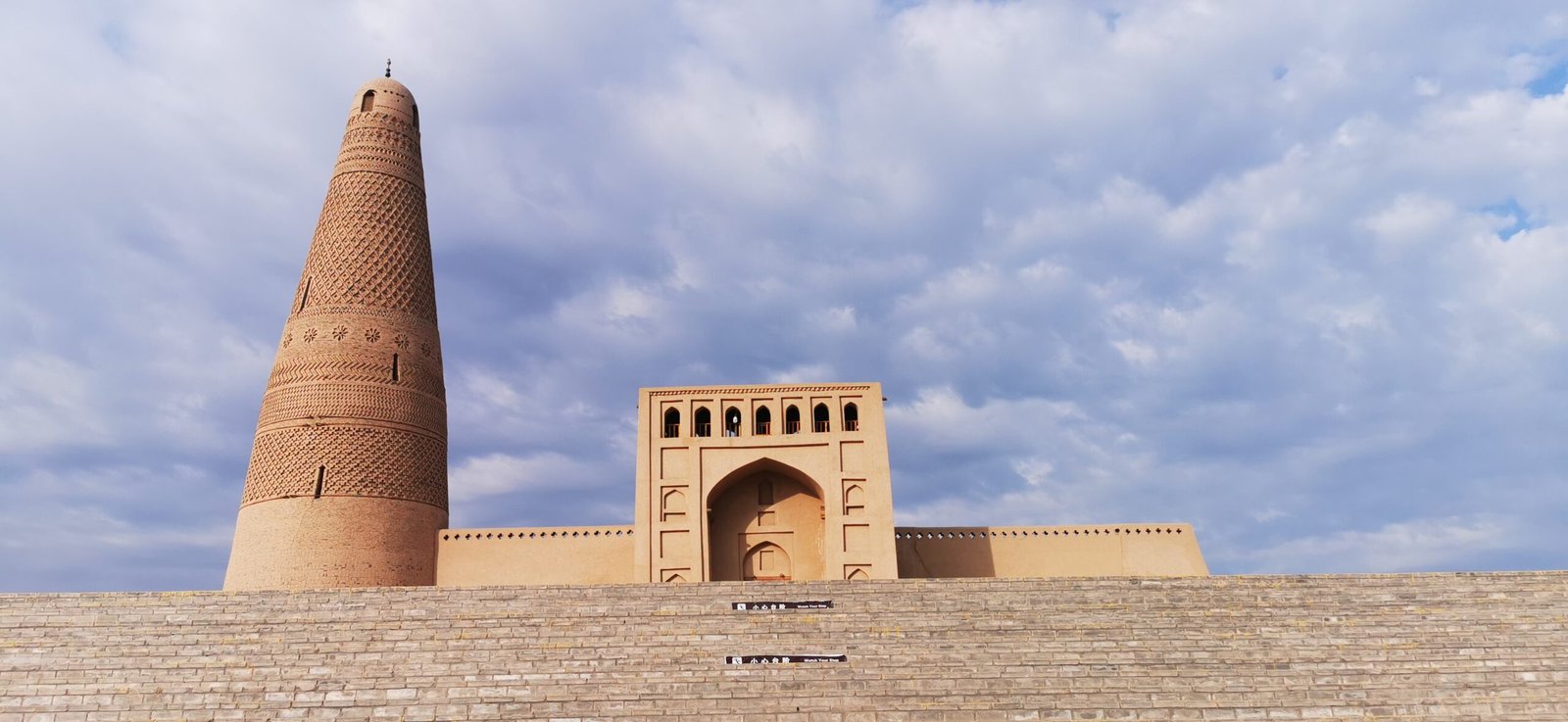In the grand narrative of Chinese traditional architecture, roofs are more than mere coverings—they are a statement of form, function, and status. Among the celebrated roof styles found in Chinese buildings, the Xie Shan roof (歇山顶), or “resting hill roof,” holds a unique place. It embodies a balance between aesthetic beauty and structural pragmatism, making it one of the most widely adopted roof forms in the evolution of Chinese wooden structures. Often referred to as the “fifth facade” of a Chinese building, the Xie Shan roof tells a story of craftsmanship, hierarchy, and regional identity.
Understanding the Xie Shan Roof
What is a Xie Shan Roof?
The Xie Shan roof is a distinctive roof form in Chinese traditional architecture, featuring a dual structure. The upper portion resembles a simple gable (Ying Shan) roof, while the lower section transitions into a hip roof (Wu Dian style). This combination results in a roof that slopes downward from a ridge, then flares outward at its eaves with hipped corners, creating an elegant and dynamic silhouette.

Architectural Features
Key characteristics of the Xie Shan roof include:
- Main ridge (zheng yan) and sloping ridges (xie yan) supporting a gracefully tiered profile.
- Curved eaves that extend outward and upward, emphasizing openness and elegance.
- Decorative ridge beasts and roof ornaments that reflect both aesthetic preferences and spiritual symbolism.
This roofing structure sits atop a wooden beam-frame system that utilizes mortise and tenon joints, exemplifying the ingenuity of Chinese wooden structure techniques.
Xie Shan vs. Wu Dian: A Matter of Status and Style
To understand the place of the Xie Shan roof in the hierarchy of traditional Chinese architecture styles, it’s useful to compare it with the Wu Dian roof, also known as the five-ridge roof or hip roof.
Wu Dian Roof: The Imperial Crown
The Wu Dian roof, which is elaborated in our dedicated article Wu Dian roof – the highest ranking of Chinese roof, is regarded as the highest-ranking roof type in Chinese architecture. It is defined by a square layout and five ridges—one central and four diagonal—converging in perfect symmetry. Reserved historically for imperial palaces, temples, and official structures, the Wu Dian roof represents authority and grandeur.

Xie Shan Roof: Elegant Adaptability
In contrast, the Xie Shan roof, while prestigious, offers more adaptability. It was commonly used in the residences of nobility, government offices, and high-ranking temples. Unlike the rigid symmetry of Wu Dian roofs, Xie Shan roofs can be constructed over rectangular buildings, allowing for greater flexibility in layout and scale.
Moreover, Xie Shan roofs often appear on buildings with siheyuan-style courtyards or within Buddhist temple complexes. Their visual complexity still signifies status but allows for broader application, making them a bridge between elite and practical architecture.
Historical Use and Cultural Significance
From Palace to Monastery
The Xie Shan roof gained prominence during the Tang and Song Dynasties and remained in widespread use through the Ming and Qing periods. In many Chinese traditional buildings, particularly those from the Ming era, the Xie Shan roof was used to signal semi-official status—appropriate for scholarly halls, ancestral shrines, and city gates.
One remarkable example is the Confucius Temple in Qufu, where several halls use Xie Shan roofs, combining symbolism and structure to reflect Confucian ideals of balance and harmony.
Symbol of Transition and Harmony
The dual nature of the Xie Shan roof—combining the strength of a gable with the grace of a hip—reflects the Chinese philosophical pursuit of harmony between heaven and earth, form and function. The roof serves not only as a weather barrier but also as a cultural emblem that embodies Confucian, Daoist, and Buddhist influences.
Xie Shan Roof in Chinese Wooden Structure
Technical Mastery
Beneath the elegant slope of a Xie Shan roof lies the brilliance of Chinese wooden structure design. Carpenters employ interlocking wooden brackets (dougong) to transfer roof weight onto timber columns. These components, precisely joined using mortise and tenon techniques, enable the roof to remain stable without nails or adhesives.
The roof’s wide eaves help protect the wooden framework from rain and sun, contributing to the building’s longevity—an especially important feature in the humid climates of southern China.
Regional Adaptations
In southern regions such as Jiangnan, the Xie Shan roof appears in modified forms to accommodate weather conditions and local styles. These adaptations may include steeper slopes, extended eaves, and decorative ridge tiles. Meanwhile, in northern China, the form is often more restrained but solid, reflecting regional aesthetics and construction materials.
Xie Shan Roof in Contemporary Heritage
Preserving Tradition
Today, many Chinese historic buildings with Xie Shan roofs have been preserved in UNESCO heritage sites, museums, and rebuilt temple complexes. Their presence allows modern audiences to appreciate the layered history of Chinese traditional architecture.
Preservation projects often aim to restore not only the visual form but also the original wooden construction techniques, ensuring authenticity in both appearance and structure.
Architectural Inspiration
Contemporary architects continue to draw inspiration from the Xie Shan roof’s elegance. In cultural centers, memorial halls, and pavilions, you’ll find modern interpretations using concrete and steel that mimic the curved eaves and extended corners—proof that the design’s expressive power endures.
Conclusion: The Fifth Facade as Cultural Expression
The Xie Shan roof, often overlooked in favor of the more imperial Wu Dian roof, represents a vital chapter in the story of Chinese traditional architecture. As the so-called “fifth facade,” it serves as a visual signature and a cultural statement, embodying status, structure, and symbolism in equal measure.
Whether gracing the top of a Confucian hall, a Daoist temple, or a scholar’s residence, the Xie Shan roof remains one of the most expressive elements in Chinese architecture. Through its balanced form and enduring craftsmanship, it continues to link the past with the present—quietly resting, yet always speaking.

